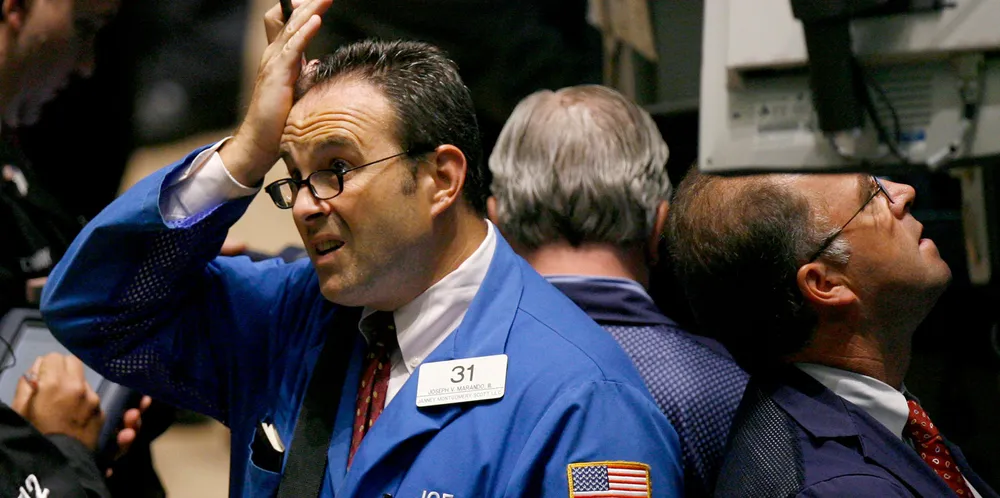Spot container rates slide amid shipping stocks rout
Billions are wiped from the value of the container shipping sector as investors worry over the impact of worsening economic climate.

Billions are wiped from the value of the container shipping sector as investors worry over the impact of worsening economic climate.
